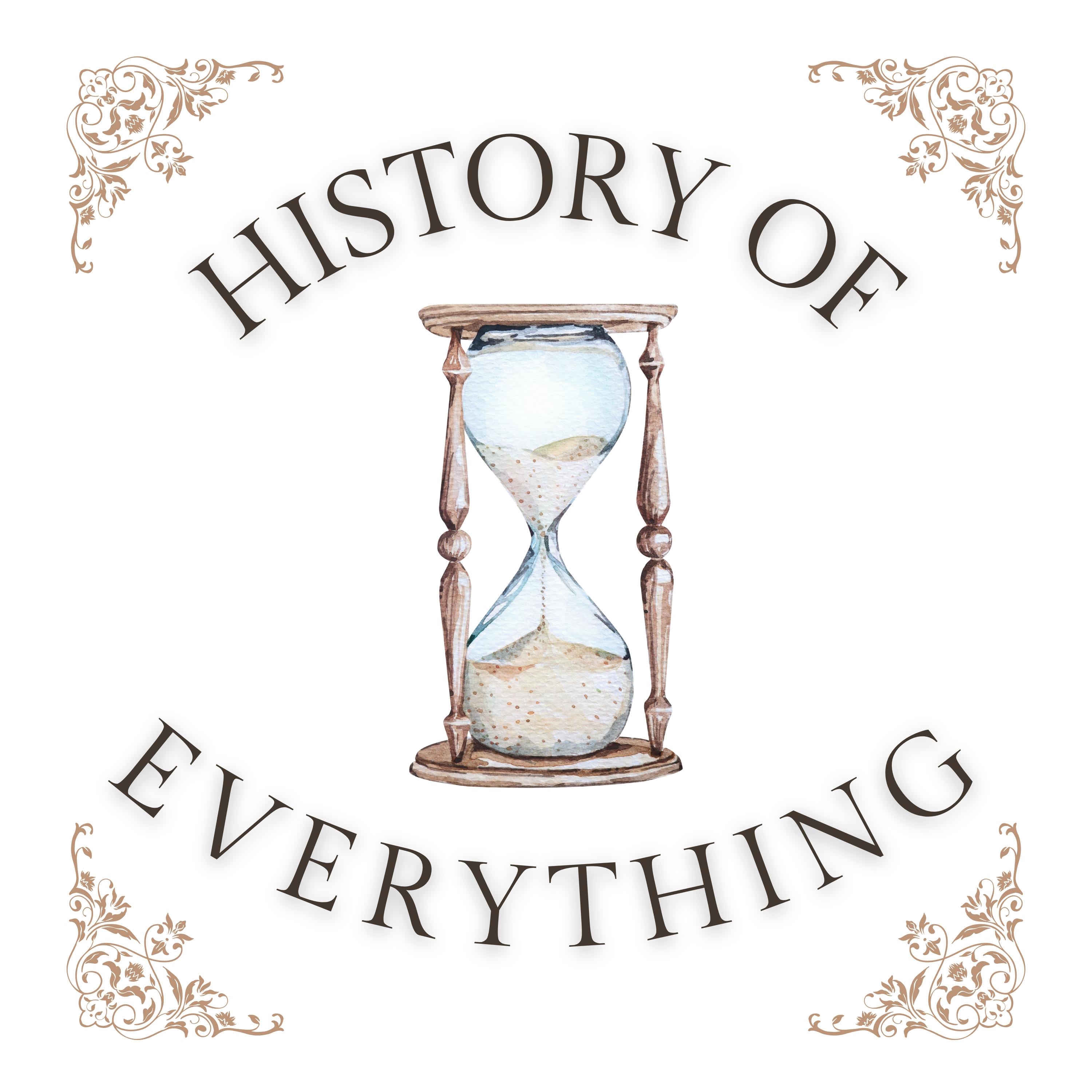
Beating The Crap out of People HISTORICALLY (Tournaments)

History of Everything
Deep Dive
What were the main purposes of medieval tournaments?
Medieval tournaments served multiple purposes: they were a forum for knights to practice and showcase military skills, a platform for displaying chivalry and noble lineage, and a way to win riches and glory. They also provided rulers with an opportunity to observe how their troops might perform in mock combat, emphasizing combined arms tactics. Additionally, tournaments acted as a social and economic event where merchants and vendors could sell goods to the gathered nobility.
What were the two main events in medieval tournaments?
The two main events in medieval tournaments were the melee, a mock battle involving combined arms combat across a large area, and the joust, a one-on-one combat where knights aimed to unseat each other from their horses using lances. The melee was the earliest and most practical form of tournament combat, while the joust became more prominent over time due to its reduced risk compared to the melee.
Why were medieval tournaments dangerous?
Medieval tournaments were dangerous because combatants often used real weapons and lacked strict rules or regulations, especially in early tournaments. Death, injury, or capture were common risks. For example, in the first recorded joust in 1095, Count Henry of Brabant died during the event. Even in modern reenactments like Buhurt, injuries such as shattered elbows can occur due to the physical intensity of the combat.
How did knights make money from tournaments?
Knights could make money from tournaments by winning prizes such as jewelry, exotic animals, or luxury items. Additionally, they could capture opponents and ransom them or their expensive war gear back to their families. For example, a knight who defeated another in single combat could demand payment for the return of their armor or horse, making tournaments a lucrative endeavor for skilled fighters.
What role did women play in medieval tournaments?
Women in medieval tournaments played roles beyond being objects of admiration. They participated in roundtable tournaments, taking on the roles of noblewomen from Arthurian legends and commanding their knights. Some women also composed and performed songs for the events, adding to the opulence of the tournaments. These events provided a rare opportunity for women to engage in public roles that were otherwise restricted in medieval society.
How did the church view medieval tournaments?
The church viewed medieval tournaments with disdain, condemning them as acts of senseless barbarity and distractions from crusading against true enemies. In one instance, 16 knights died in a single day of tournament fighting, leading the local church to deny them burial on holy ground. Despite this, the church also supported the Crusades, which some scholars argue served a similar purpose of redirecting the violent energy of European knights.
What were the economic implications of owning a warhorse in medieval times?
Owning a warhorse in medieval times was extremely expensive. During the reign of King Henry II (1154-1189), a basic warhorse cost around two pounds sterling, while top-quality horses could cost up to 13 pounds sterling. Adjusted for modern currency, this would be equivalent to $82,000 for a basic horse and $327,000 for a superior one. Additionally, upkeep costs, including feed and saddles, could amount to nearly $29,000 per year, making warhorses a significant financial burden.
How did medieval tournaments evolve over time?
Medieval tournaments evolved from large, chaotic mock battles (melees) with minimal rules to more regulated and safer events, particularly the joust. Over time, rules were introduced to reduce risks, such as the use of blunted weapons and the prohibition of pointed weapons in 1292. By the 15th century, formal inspections of weapons were implemented in some regions, and the melee was largely replaced by the joust due to its lower risk to participants.
What was the social significance of medieval tournaments?
Medieval tournaments held significant social value as they were one of the few occasions where the nobility gathered together. They provided an opportunity for knights to display their wealth, prestige, and martial prowess. Tournaments also acted as a pressure valve for the violent energy of wandering knights, who often sought fame and fortune. Additionally, they allowed for the blurring of gender roles, with women participating in ways that were otherwise restricted in medieval society.
Why did some medieval kings outlaw tournaments?
Some medieval kings, such as Henry II and Louis IX, outlawed tournaments due to concerns about stability and security. Tournaments brought together armed nobles, including potential enemies of the king, in a setting where violence and alcohol were prevalent. Richard the Lionheart later reintroduced tournaments under strict conditions, including licensing and fees, to maintain control over the events and limit their potential for political unrest.
Shownotes Transcript
The Medieval Tournament was a forum for European knights where they could practice and show off their military skills in activities such as jousting or the mêlée, indulge in a bit of pageantry, display their chivalrous qualities and win both riches and glory. From the 10th to 16th century CE tournaments were the principal expression of aristocratic ideals such as chivalry and noble lineage where family arms and honor were put on the line, ladies were wooed and even national pride was at stake.
Travel to Turkey with me here)
Check out our sister podcast the Mystery of Everything)
Coffee Collab With The Lore Lodge COFFEE)
Bonus episodes as well as ad-free episodes on Patreon).
Find us on Instagram). Join us on Discord).
Submit your relatives on our website)
Podcast Youtube Channel)
Learn more about your ad choices. Visit megaphone.fm/adchoices)